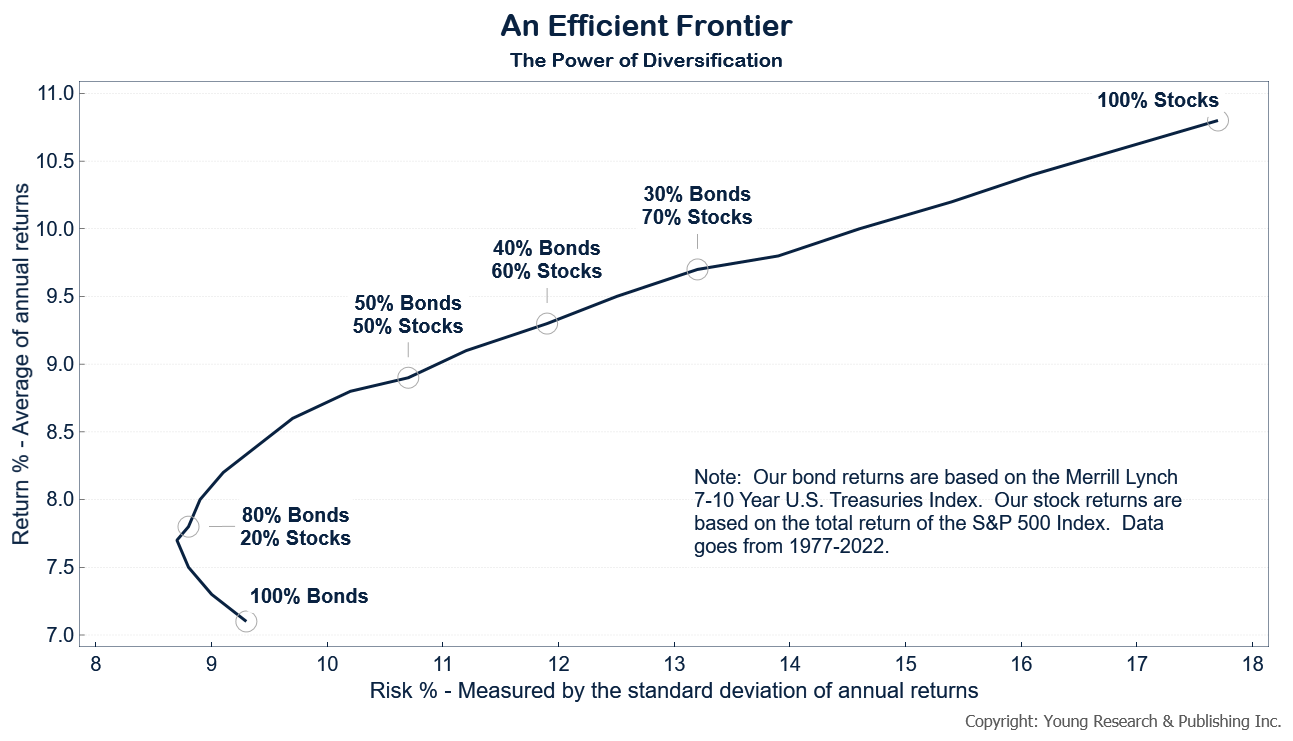The last few months have been brutal—but much more so for some stocks than others. Earlier this year, stock pickers spouted off about the merits of bank stocks. An article in one financial daily said, “Yield-starved investors soon may have another place to reap higher dividends: bank stocks.” That hasn’t exactly played out as expected. A bank exchange-traded fund, SPDR KBW Bank (KBE), is a basket of bank stocks, with JP Morgan Chase, Wells Fargo, Citigroup, U.S. Bancorp, and Bank of America making up over 70% of its holdings. From July 5 through midday Monday, the fund was down a devastating 30.3%. Its current dividend yield is only 1.5%.
Consumer staples and utility stocks have fared much better over the same time frame, with exchange-traded fund iShares S&P Global Consumer Staples Index Fund (KXI) down a manageable 8.7% and iShares Dow Jones US Utilities (IDU) down 4.3%. They yield a better 2.6% and 3.6%, respectively. The Dow Jones Industrial Average, for the sake of comparison, was down 15% and yields only 2.8%.
For perspective, let’s look at how each of these stock components would look in a balanced portfolio using equal portions of stock and bonds and 10% gold, for a mix of 45%/45%/10%. I’ll use Vanguard’s Short-Term Investment-Grade Fund (VFSTX) for the 45% in bonds and SPDR Gold Trust (GLD) for the 10% in gold. They combined for gain of 0.70% from July 5, through midday Monday.
If the stock component (45%) of the portfolio were in bank stocks (KBE), the portfolio would be down 13%. One with an equal mix of consumer staples (KXI) and utilities (IDU) would have lost only 2.2%. In order to get back to even, the bank portfolio would need to gain 15% while the consumer staples/utilities portfolio would need a gain of only 2.25%. Clearly, owning the right dividend-paying stocks makes all the difference in the word. For yield-starved investors, this has been the unvarnished truth for the last few months and probably will be for many more to come.



